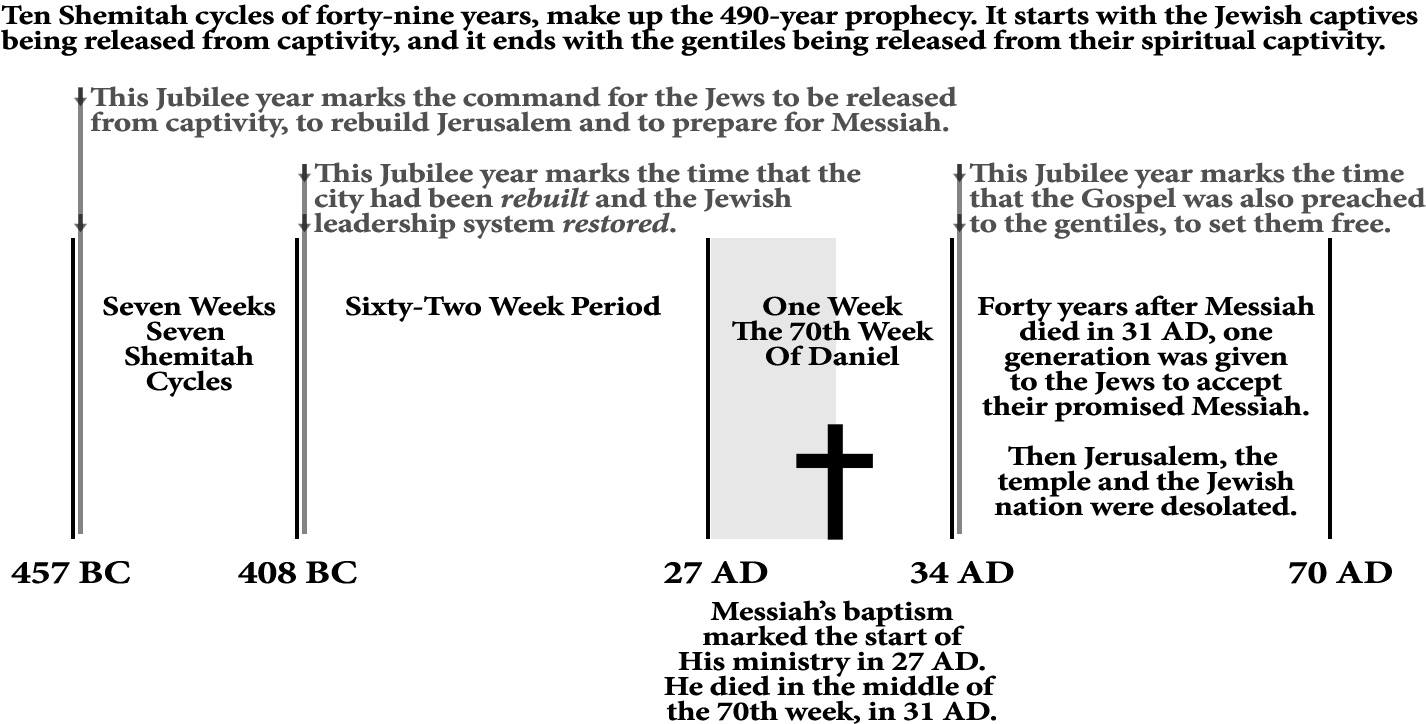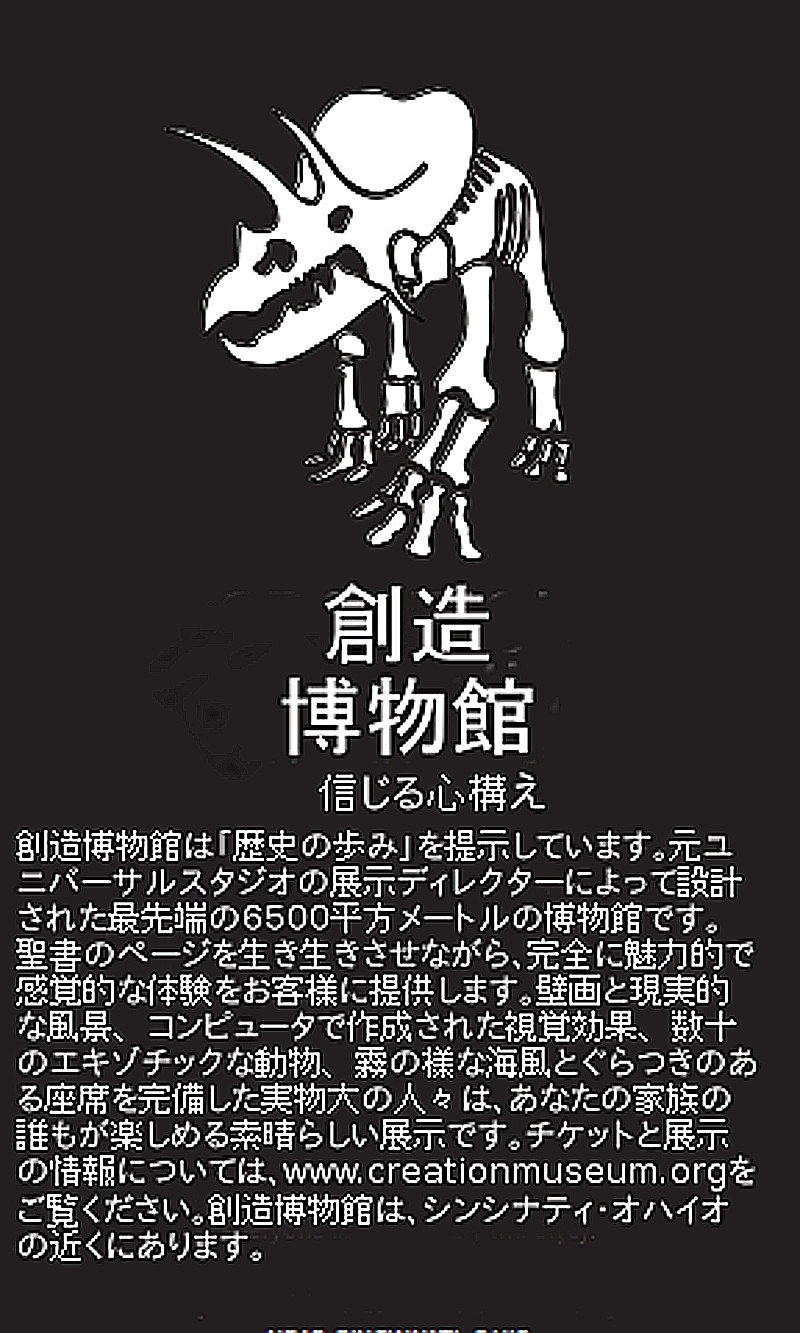The True Interpretation of Matthew 24 and Daniel 9:27

This is from an email I wrote to my Australian friend, Daniel Clarke in December 2017. It’s now July 2024 and he still holds the dispensational views of the end-time.
Hello Daniel,
Warm season greetings to you from Japan!
Again I say, one has to know the history behind these doctrines to see the entire picture! Please read what the early Protestant leaders had to say about the 70 week of Daniel. http://www.jamesjpn.net/basic-bible/what-early-protestants-had-to-say-about-the-70th-week-of-daniel/ I will ask you later if you read this and if no, we will just agree to end this discussion.
As far as Matthew 24 goes, we need to compare it to the two other synoptic Gospels, Luke 21 and Mark 13.
And as he sat upon the mount of Olives, the disciples came unto him privately, saying, Tell us, when shall these things be? and what shall be the sign of thy coming, and of the end of the world?
Matthew 24:3
Tell us, when shall these things be? and what shall be the sign when all *these things* shall be fulfilled?
Mark 13:4
And they asked him, saying, Master, but when shall these things be? and what sign will there be when *these things* (the destruction of the Temple) shall come to pass?
Luke 21:7
Notice that neither Mark nor Luke says “end of the world”. A better translation would be end of that age of the Jews and their religion. I am balancing Scripture with Scripture, my brother!
Jesus was talking about the final fulfillment of Daniel 9:27
… and for the overspreading of abominations he shall make it desolate, even until the consummation, and that determined shall be poured upon the desolate. — Daniel 9:27b
Matthew 24:15 When ye therefore shall see the *abomination of desolation*, spoken of by Daniel the prophet, stand in the holy place, (whoso readeth, let him understand:)
Luke 21:20 ¶And when ye shall see *Jerusalem compassed with armies*, then know that the desolation thereof is nigh.
This was fulfilled by the Romans in 70 a.d. The Roman army was the abomination that makes desolate and NOT some idol the Antichrist places in a rebuilt temple in Jerusalem. That is false doctrine inspired by Roman Catholic Jesuits according what I read from history.
It makes perfect sense to me that Jesus was talking to that generation, NOT us!!!
Matthew 24:15 When ye therefore shall see the abomination of desolation, spoken of by Daniel the prophet, stand in the holy place, (whoso readeth, let him understand:)
16 Then let them which be in *Judaea* flee into the mountains:
Where brother? “them which be in JUDAEA” I don’t know about you, but I ain’t never going there in this lifetime. Jesus was talking to His disciples in Judaea, not us.
Verily I say unto you, This generation shall not pass, till all these things be fulfilled.
Matthew 24:34
What generation? The generation of people Jesus was talking to, not us! ALL those things were fulfilled then.
I am giving you Word brother. But unless you are willing to accept most modern evangelicals are basing their eschatology on Darby and Scofield, you may not see it. All false eschatology including the support of the nation of Israel came from a false Jesuit inspired interpretation of Daniel 9:27 to get Protestants’ eyes off the papacy as the biblical Antichrist. They sure did the job, didn’t they?
Just on the simple bases of logic, could you not agree that a doctrine which contradicts what we have heard all of our lives be naturally counted as false but may in fact be true while what we have held as treasured doctrines be actually false? Evangelicals THINK they have the true doctrines but have actually departed from the eschatology that Protestants USED TO HOLD!! History tells me that. I choose to turn back to what true Bible teachers used to teach. If you don’t agree brother, we can only agree to disagree.
Sincerely in Christ,
James
On 12/25/2017 12:56 PM, Daniel Clarke wrote:
Now wait there, James (But first, let me wish you, my brother, a very merry and meaningful Christmas, followed by a fruitful witnessing and soul-winning 2018).
Now, leaving aside those rascals Darby and Scofield and their ilk, and just looking to the question asked by the disciples, “What shall be the sign of your coming?” – you cannot seriously make a statement that his answer has already been fulfilled! Come on now, James! Go from Matt24:25 to Dan9:27 & Dan11:31, and then back to Matt24:21, then finish the course with Matt24:29-31 and you’ve got the interconnecting jigsaw pieces that give us the picture-answer to the question the disciples asked. And James, all that is future! No way can you or anyone dispute the Words of Jesus himself on this.
Furthermore, there is no way the Pope is either the Antichrist or the false prophet. Stick with the Word! All the pieces of the puzzle are in the Word! The 10 kings who will form the governing council of the New World Order shall arise out of “the whole earth” (Dan7:24 then Dan7:23) And the Antichrist shall arise AFTER them (Dan7:24) and arise out of one of the quarters of Alexander the Great’s kingdom (Dan8:22-23). James, it’s so easy if you just let the Holy Spirit teach you (Jn14:26). Just stick with the Word. All the pieces of the jigsaw puzzle (verses, passages) are in the box (the Word), and the right connecting shapes are the key words found only in the KJV.
I do hope and pray you’ll get back on board with sound doctrine and forsake these other theories and false fables of man. The truth will prevail!
Blessings my brother,
Daniel
Sent from my iPhoneOn Dec 25, 2017, at 12:08 PM, James Arendt <[email protected]> wrote:
Dear Daniel.
Greetings in the Name of our Lord Jesus Christ on the day most Christians celebrate His birth!
I apologize to get back to you so late. Believe or not I just read your email a couple hours ago, Christmas morning in Japan. I have been on the road since December 5th and just returned home a couple days ago and am catching up on my email.
The interpretation you read on my website of “the Covenant” doesn’t seem right to you because of the influence of John Nelson Darby and C.I. Scolfield and their teachings 200 some years ago. Before that it was understood correctly by the Protestant world that Matthew 24 is solely talking about events in 70 a.d. and not about the Endtime we are living in today. I know this is a major change in interpretation and hard to take, and I sure didn’t take it for years, but after study of the history of why and how Daniel 9:27 was misinterpreted by the Jesuits to take Protestants eyes off the Pope as Antichrist, it sure makes a lot of sense to me. You may disagree but please know I have done my homework, been in your position, taught it, done that, and now I see it according to how Martin Luther and Bible teachers from the 16th to 18th century used to teach it. For more details, please see http://www.jamesjpn.net/eschatology/the-70th-week-of-daniel-delusion/
Blessings in Christ,
JamesOn 12/15/2017 11:15 AM, Daniel Clarke wrote:
Dear James,
Seasons Greetings, brother. I read a comment of yours at your Deep Truths website which seems incorrect in the light of the Word and balanced Scripture.
The comment I am referring to is found under the heading “Endtime Deceptions Exposed”, under the further sub-heading, “What is the Covenant of Daniel 9:27?”
You make the statement, quote: Did you know that of all of the occurrences of “the covenant”, there is *only one single verse of Scripture* where “the covenant” is clearly referring to something other than has to do with a covenant between the Lord and man? …[unquote]
This same “covenant” mentioned in Daniel 9:27 is also mentioned three times in the passage of Daniel 11:28-31 (See below). We can understand that this “covenant” is the one and the same article because it is imbedded within reference to “the daily sacrifice” and “the abomination of desolation” that Jesus said would mark the beginning of the great tribulation that immediately precedes his appearing in the clouds “on the last day” to resurrect all believers (Matt24:15 Matt24:21 Jn6:39-40,44 Matt24:29-31). Would you agree or disagree with this observation? If not, could you explain why not? (1Thess5:21)
*Daniel 9*
^27 And he shall confirm the covenant with many for one week: and in the midst of the week he shall cause _the sacrifice and the oblation to cease_, and for the overspreading of_abominations he shall make it desolate_, even until the consummation, and that determined shall be poured upon the desolate.
*Daniel 11*
^28 Then shall he return into his land with great riches; and his heart shall be againstthe holy covenant; and he shall do exploits, and return to his own land.
^29 At the time appointed he shall return, and come toward the south; but it shall not be as the former, or as the latter.
^30 For the ships of Chittim shall come against him: therefore he shall be grieved, and return, and have indignation against the holy covenant: so shall he do; he shall even return, and have intelligence with them that forsake the holy covenant.
^31 And arms shall stand on his part, and they shall pollute the sanctuary of strength, and _shall take away the daily sacrifice_, and they shall place the _abomination that maketh desolate_.
I look forward to your response.
Blessings to you and your loved ones for Christmas and 2018,
Daniel
The Timeline of Daniel 9:24-27 Illustrated

This meme is courtesy of David Nikao Wilcoxson 70thweekofdaniel.com


















































 Pain goes to my head
Pain goes to my head

























































